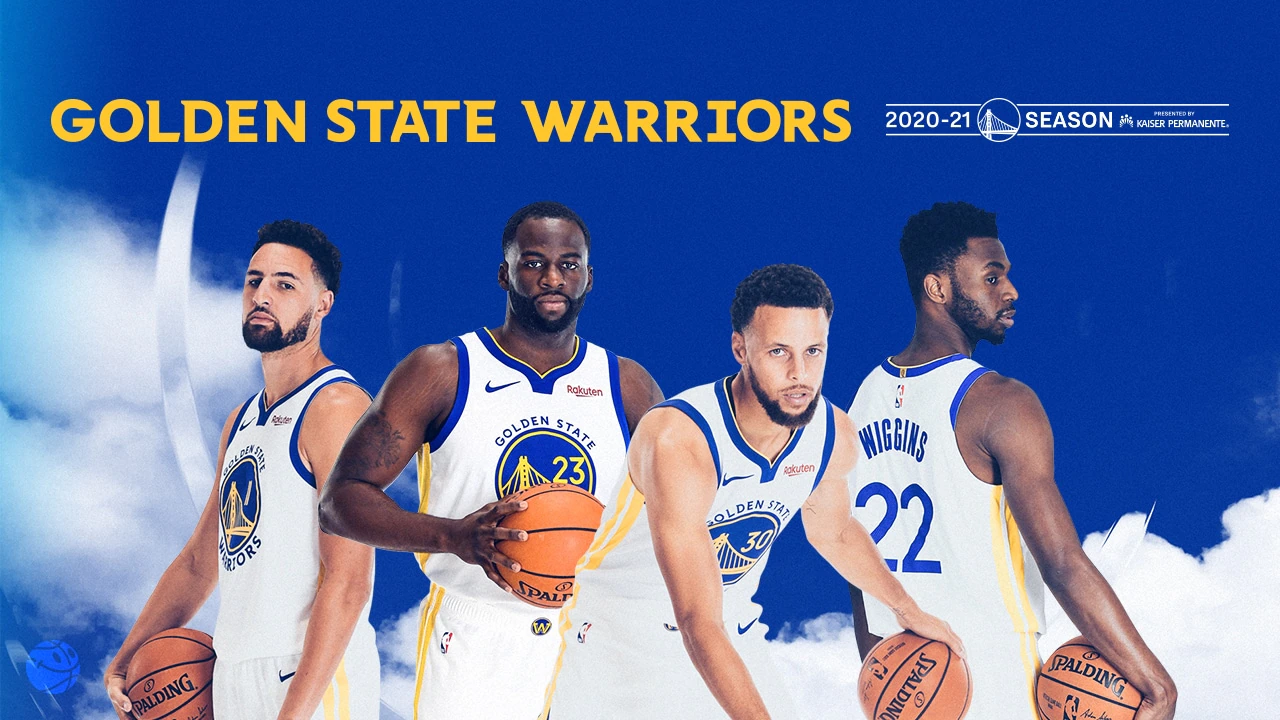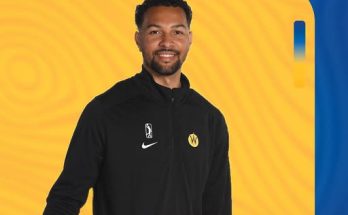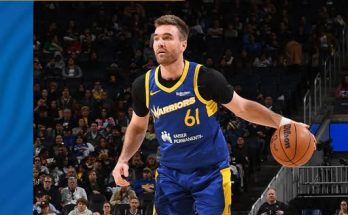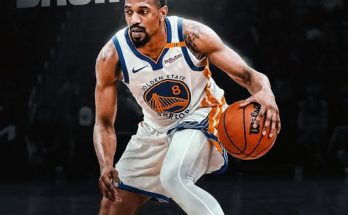The Golden State Warriors stand at the crossroads of legacy and transformation. After a decade of dominance that redefined modern basketball, the question now hovers over Chase Center like a looming fog: Can the Warriors return to championship contention, or is it officially the dawn of a rebuild era?
For years, Golden State was the model of sustained excellence—a franchise fueled by the transcendent play of Stephen Curry, the defensive brilliance of Draymond Green, the sharpshooting of Klay Thompson, and the innovative mind of Steve Kerr. Their championship core, built through a blend of homegrown talent and timely front office maneuvers, captured four NBA titles and earned six Finals appearances between 2015 and 2022. But in the ever-evolving landscape of the NBA, dynasties aren’t meant to last forever. And now, as the dust settles from another early playoff exit—or worse, a play-in disappointment—the Warriors are staring down a difficult reality.
The 2024-25 season ended in a haze of inconsistency, injuries, and underwhelming performances. Curry, still playing at an elite level at age 37, did everything he could to keep the team afloat. But even his brilliance wasn’t enough to mask the growing cracks in the foundation. Klay Thompson’s decline became more pronounced, Draymond Green’s volatility continued to cause on- and off-court distractions, and the promise of the younger generation—Jonathan Kuminga, Moses Moody, and others—has yet to fully materialize. The once-feared depth that made Golden State unguardable has thinned, and the league’s younger, hungrier contenders have closed the gap and then some.
The Warriors’ front office now finds itself at a difficult juncture. General Manager Mike Dunleavy Jr., who took over from Bob Myers in 2023, faces one of the most pivotal offseasons in franchise history. Should he double down on the aging core, making win-now moves in an attempt to squeeze one more title out of this golden generation? Or should he rip the bandage off, prioritize youth, and begin the painful—but necessary—process of rebuilding?
From a financial standpoint, the Warriors are already among the most expensive rosters in league history. Joe Lacob has shown a willingness to spend, but even the most aggressive owners have their limits. The new collective bargaining agreement, with its stricter penalties for exceeding the second luxury tax apron, makes it harder than ever to keep bloated veteran contracts while trying to remain competitive. Klay Thompson is an unrestricted free agent this summer, and early indications are that the Warriors may not meet his desired price tag. Letting him walk would be emotionally gut-wrenching—but pragmatically logical.
Draymond Green, still under contract, remains the emotional heartbeat of the team. Yet his defensive prowess no longer completely overshadows his frequent suspensions, technical fouls, and offensive limitations. And while Curry continues to perform at an All-NBA level, his window is narrowing. Can Golden State afford to waste another year of his prime, chasing an ideal that may no longer be within reach?
The Warriors’ best hope at reinvention without a full teardown may lie in leveraging their remaining assets for a blockbuster trade. There have been whispers about pursuing another star—names like Pascal Siakam, Mikal Bridges, or even Karl-Anthony Towns have floated around the rumor mill. But any such deal would likely require parting with Kuminga or future draft capital, which would further mortgage the future for the sake of the present. If the goal is to contend again, this is the cost.
Yet it’s not just about adding talent—it’s about finding the right kind of talent. Golden State’s motion-heavy offense and defensive switchability are system-based. Not every star fits seamlessly. The failed D’Angelo Russell experiment is a cautionary tale. And the jury is still out on Andrew Wiggins, whose regression since the 2022 title run has been a major source of frustration for the organization. Once heralded as the perfect two-way wing for the Warriors’ system, Wiggins’ inconsistency has become a liability.
Then there’s the question of coaching. Steve Kerr remains one of the most respected minds in the NBA, but his system has shown diminishing returns in recent seasons. Opposing teams have learned how to counter Golden State’s off-ball movement, and the Warriors’ reliance on veterans has made it harder to develop young players who could bring a jolt of energy. Kerr has been vocal about his belief in the current core, but at some point, sentiment has to give way to realism.
If the Warriors choose to pivot toward a rebuild, it would likely mean centering the team around Kuminga and a younger supporting cast, while transitioning Curry into more of a mentor and off-ball weapon in limited minutes. It would be a stark contrast from the free-flowing, superstar-driven dominance of years past. But it might be the only sustainable path forward.
And yet, no discussion about the Warriors’ future is complete without considering Curry’s perspective. Known for his loyalty, humility, and team-first mentality, Curry has never publicly agitated for a trade or made demands of the front office. But with Father Time creeping closer, it’s fair to wonder how many more seasons he’s willing to spend playing the role of Atlas, carrying an increasingly heavy burden with diminishing returns. If the Warriors decide to rebuild, would Curry be willing to ride it out—or would he, quietly and respectfully, ask for a new chapter elsewhere?
That possibility remains remote, but not impossible. Around the league, stars have more power than ever before. And while the idea of Curry in another jersey feels sacrilegious to Warriors fans, the franchise owes it to him to explore every avenue that balances legacy with competitiveness. The Miami Heat did right by Dwyane Wade. The San Antonio Spurs ushered Tim Duncan into retirement with grace. Could the Warriors do the same for Steph—while still preparing for what comes next?
There is also the larger cultural shift to consider. The Warriors are not just a basketball team—they’re a brand, a movement, a symbol of how analytics, innovation, and unselfishness can change the game. A full rebuild risks not only competitive irrelevance but also a diminished place in the public imagination. Ticket sales, national TV appearances, and merchandising all take a hit when wins become scarce. Lacob and the ownership group must weigh these factors carefully.
Still, clinging to past glory can be more damaging than starting over. The Los Angeles Lakers spent nearly a decade in the wilderness after Kobe Bryant’s prime. The Chicago Bulls have never returned to prominence since the Jordan era. Even the Spurs, once the gold standard of organizational excellence, took years to find their footing after Duncan’s retirement. Golden State has a chance to write a different story—one that honors the past while building toward the future.
It won’t be easy. It will require tough decisions, emotional goodbyes, and a willingness to embrace short-term pain for long-term gain. Whether that means trading veterans, embracing youth, or redefining the team’s identity altogether, the road ahead will test the mettle of everyone involved—from the front office to the locker room to the fans in the stands.
As the NBA offseason unfolds, all eyes will be on Golden State. Not because they’re the favorites—but because of what they represent. A franchise that captured hearts and titles, now staring into the mirror, asking the most human question of all: “What now?”
Can the Warriors return to championship contention? Technically, yes. With the right moves, a bit of luck, and one more magic run from Steph, anything is possible. But more likely, they’re approaching the end of an era. Not with a bang, but with the soft hum of transition.
The dynasty may be over, but the story of the Golden State Warriors is far from finished. Whether it’s a final act or a fresh start, what happens next could define the franchise just as much as the banners hanging from the rafters.



